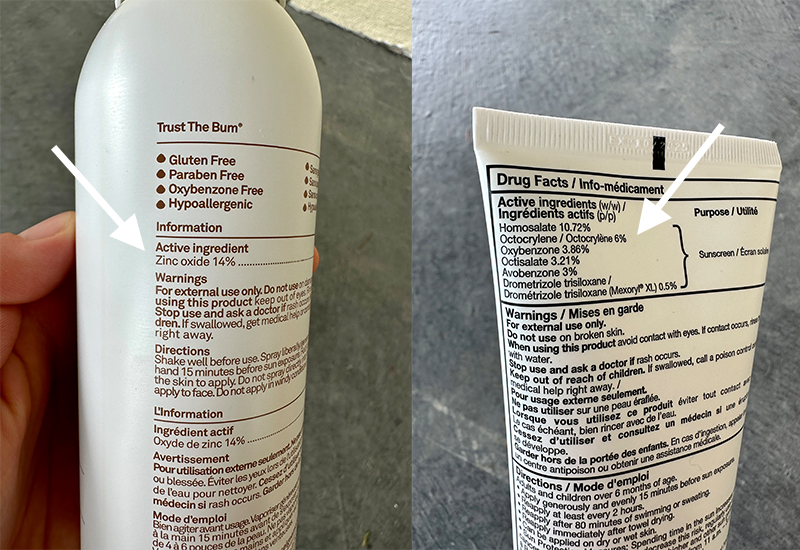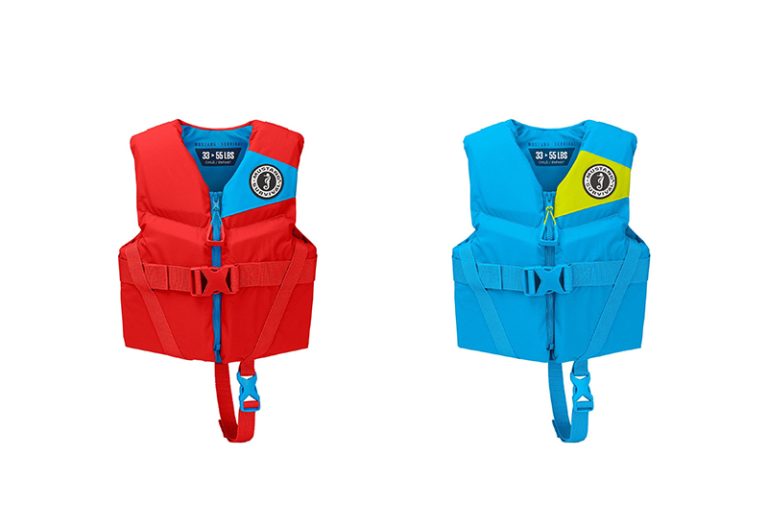Environmentally Friendly Sunscreen

Research shows that close to 14,000 tons of sunscreen wash into the ocean every year. Most of our typical sunscreen that we use and have onboard our vessels contains synthetic chemicals that are highly toxic to marine life including vegetation, coral and animals.
July 26, 2023
By Allegra Smith-Herriott
Research shows that close to 14,000 tons of sunscreen wash into the ocean every year. Most of our typical sunscreen that we use and have onboard our vessels contains synthetic chemicals that are highly toxic to marine life including vegetation, coral and animals.
Oxybenzone and octinoxate are two of the most common chemicals that are harmful to marine life and cause coral bleaching in our oceans. These chemicals however are the active ingredients with UV-blocking properties and are the main reason we wear sunscreen – to protect our skin.
The question is, should you switch to environmentally friendly sunscreen?
Many sunscreen brands are now developing reef-safe or reef-friendly sunscreen alternatives. A much better option for our marine environments and also our skin.
What is reef-safe sunscreen?
Reef-safe sunscreen is a type of sunscreen that doesn’t contain any harmful chemicals that cause environmental damage, specifically oxybenzone and octinoxate. This type of sunscreen uses mineral based active ingredients that act as UV-blockers instead of harmful chemicals.
Two of the most reef-friendly ingredients that are UV-blocking are zinc oxide (also referred to as non nano zinc) and titanium dioxide. Both do not cause harm to marine environments or human skin.
However, the term reef-safe is not yet regulated which means you can’t always trust a product that uses this term. There are some sunscreens that use minerals as active ingredients however they contain harmful chemicals in their inactive ingredient list.
When choosing a reef-safe sunscreen, it’s important to check both the active and inactive ingredient lists to ensure there are no harmful substances included such as nano sized particles and chemicals on the HEL List. Haereticus Environmental Laboratory (HEL) is a non-profit, scientific organization whose mission is to conserve wildlife and ecosystems. For over 10 years, HEL has conducted rigorous scientific and environmental investigations.
See below for the complete list of chemicals to stay away from.
Here are some reliable environmentally friendly sunscreen options to try, available in Canada:
- Sun Bum Mineral SPF 30 Sunscreen
- Harken Derm All Mineral SPF 50 Sunscreen
- Thinksport SPF 50+ Mineral Sunscreen
- Hawaiian Tropic Weightless Mineral Sunscreen Lotion
- Blue Lizard Sunscreen
Comparison of two sunscreens. On the left is an environmentally friendly sunscreen with the main ingredient being zinc oxide. On the right is a sunscreen that contains many environmentally harmful ingredients.

The main active ingredients to stay away from are oxybenzone and octinoxate and to replace those with zinc oxide (non nano zinc) and titanium dioxide. However, all chemicals on the HEL List are typically found in sunscreen and are known to cause environmental harm and should be avoided as well.
Chemicals on the HEL List:
- Oxybenzone
- Octinoxate
- Octocrylene
- Homosalate
- 4-methylbenzylidene camphor
- Para-aminobenzoic acid (PABA)
- Parabens
- Triclosan
- Octisalate
- Butyloctyl salicyclic acid
- Any form of microplastic sphere or beads
- Any nanoparticles or “nano-sized” zinc or titanium
Allegra Smith-Herriott is the Associate Editor of Canadian Yachting. She is a Sport Media graduate from Ryerson University and is an active sailor and power boater on Georgian Bay. She can be reached at asmithherriot@kerrwil.com.





























